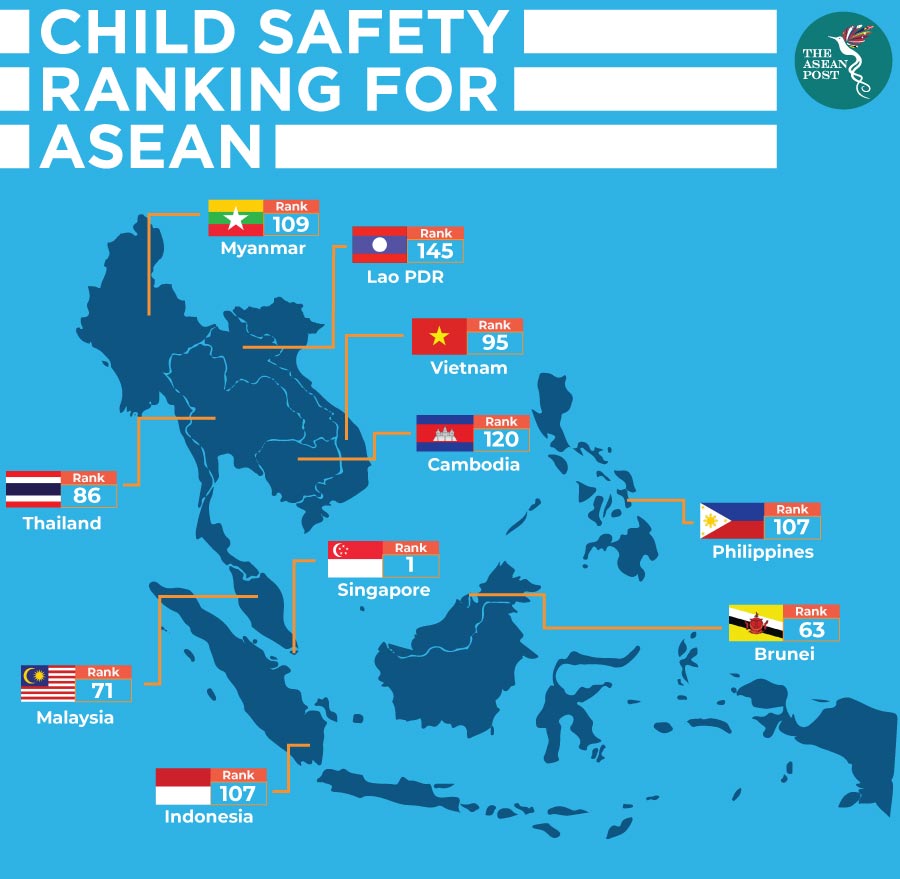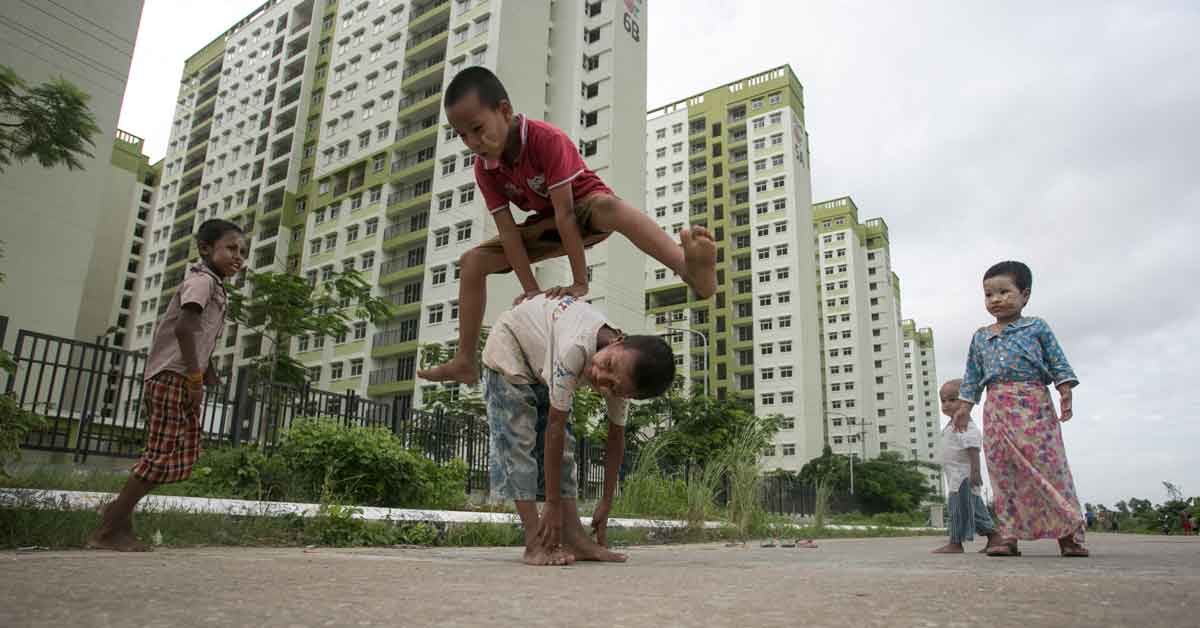Earlier this year, in June, Save the Children released its Global Childhood Report 2019. The report involved a total of 176 countries, and took a look at indicators such as children’s healthcare, education, nutrition and protection. But while Singapore took lead in terms of providing a safe and fostering environment for children, leaving other ASEAN countries far behind, countries like Lao, Cambodia, Myanmar, and the Philippines performed the worst in the bloc.
The ASEAN Post has published several articles citing this particular report. We looked at the dire state in Lao, Cambodia, and the Philippines, and also commended Singapore for being able to grab top spot for the second year in a row. Nevertheless, today it’s pertinent to also take a closer look at Myanmar.
Talking about children in Myanmar is timely as recently, the country’s Pyidaungsu Hluttaw (Assembly of the Union) approved Myanmar’s ratification of an international treaty to abolish child labour in the country. The Minimum Age Convention (138) of the International Labour Organization (ILO), which includes the abolition of child labour, was approved on Tuesday.
The convention has 18 articles and, according to Myanmar’s Labour, Immigration and Population Minister, Thein Swe, aside from abolishing child labour, the convention also aims to support economic development, and provide job opportunities consistent with the fullest physical and mental development of young people. It could be argued that all of these aims would also work in favour of abolishing child labour in the country.
According to the Save the Children report, among some of the lowest scores Myanmar managed to obtain was for the pillars “Child is Out of School” and “Child Begins Work Life”. For “Child is out of school”, Save the Children noted that 18.8 percent of children of primary and secondary school age were out-of-school. For “Child Begins Work Life”, the NGO noted that 9.3 percent of children aged five to 17 were engaged in child labour.
According to a government survey conducted in 2015, there are about 1.12 million child workers in Myanmar between the ages of five and 17. The minimum age range for child workers is 13 to 15 under Convention 138, but undeveloped countries, including Myanmar, are allowed to lower the age limit to 12 to 14.

Lack of faith
While the ratification should be good news for Myanmar’s children, local Myanmar media noted that some legislators doubted the government’s ability to implement the international treaty.
Daw Tin Win, the member of parliament (MP) for constituency five in Bago Region in the Amyotha Hluttaw (Upper House), was quoted by local media as saying that ratification of the convention is useless if the government does not have the resources to implement it.
“What can we do if children five to 13 are being forced to work? Who will be in charge of enforcement?” she asked. Daw Tin Win said poverty and a lack of knowledge are the main reasons parents in Myanmar force their children who are as young as five to work.
“The parents do not know the bad consequences of forcing them to work at an early age,” she said.
U Nay Kyaw, Minister of Labour, Immigration and Population of Magwe Region, was also quoted as pointing out that the government has been unable to implement the Convention on the Prohibition and Immediate Action for the Elimination of the Worst Forms of Child Labour (182), which it signed in 2013.
Daw Khin Soe Kyi, MP of Pyay township, Bago Region, had reportedly also urged the government to ensure that children have equal rights from birth, regardless of race or living conditions.
The Southeast Asian country has yet to enact a law to protect child workers. Child labour cases are tried under the Shops and Establishments Act, Factories Act, 2014 Education Law, and 2019 Child Rights Law. The minimum age prescribed by the country’s Child Rights Law conforms to the ILO provision, and the law prescribes workplace safety and health benefits for working children.
Related articles:
